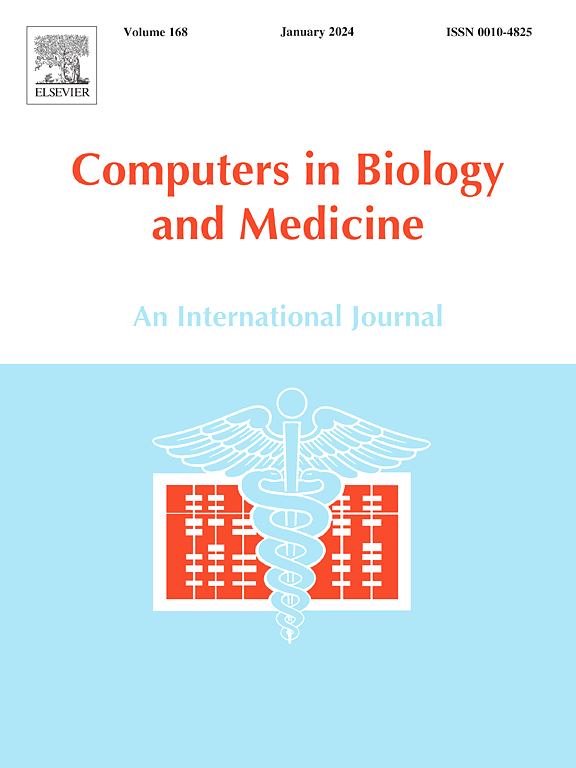Computer-aided design of imatinib derivatives: Overcoming drug-resistance in chronic myeloid leukemia
IF 7
2区 医学
Q1 BIOLOGY
引用次数: 0
Abstract
Chronic myeloid leukemia (CML) is a hematologic condition characterized by the overexpression of stem blood cells in the bone marrow. The Philadelphia chromosome encodes the oncogenic tyrosine kinase BCR-ABL, which is a hallmark of CML. Imatinib, a phenylamino pyrimidine derivative, was the first tyrosine kinase inhibitor (TKI) approved in 2001 for CML. Despite launching a new era in cancer targeted therapy, acquired resistance occurred due to the point mutation of a gatekeeper residue (Thr315Ile) at the BCR-ABL catalytic pocket. There are no approved medications for Thr315Ile-BCR-ABL harboring CML patients. Present study was aimed at the in silico identification of synthetically accessible imatinib derivatives that are likely to bind a frequent Thr315Ile-BCR-ABL and overcome drug resistance. 4-((4-benzylpiperazin-1-yl) methyl)-N-(4-methyl-3-(4-(pyridine-3-yl) pyrimidine-2-amino) phenyl) benzamide (SCHEMBL12127861) and 4-(methoxy (methyl) amino)-N-(3-methyl-5-(pyrido[3,4-b] pyrazin-2-yl thio) phenyl) benzamide (18) were revealed as top-binders. Molecular dynamics simulations and free energy calculations conferred stable binding features Thr315Ile-BCR-ABL. A new binding model was suggested for 18 that resided outside the kinase domain (∼15 Å from Ile315). Considering stability and binding energy compared to imatinib, the intended binding model may be the subject of further evaluations to overwhelm drug resistance. SCHEMBL12127861 had appropriate and more buried accommodation than imatinib near the DFG motif and P-loop of the kinase domain. Hydrogen bonds, π-cation interaction, salt bridge, and a vdW cooperative contacts mediated the complex stability. Although validation of proposed models is to be achieved, this study identified synthetically accessible in silico hits with tight binding to the clinically frequent mutant BCR-ABL phenotypes in Thr315Ile-positive CML patients.

求助全文
约1分钟内获得全文
求助全文
来源期刊

Computers in biology and medicine
工程技术-工程:生物医学
CiteScore
11.70
自引率
10.40%
发文量
1086
审稿时长
74 days
期刊介绍:
Computers in Biology and Medicine is an international forum for sharing groundbreaking advancements in the use of computers in bioscience and medicine. This journal serves as a medium for communicating essential research, instruction, ideas, and information regarding the rapidly evolving field of computer applications in these domains. By encouraging the exchange of knowledge, we aim to facilitate progress and innovation in the utilization of computers in biology and medicine.
 求助内容:
求助内容: 应助结果提醒方式:
应助结果提醒方式:


